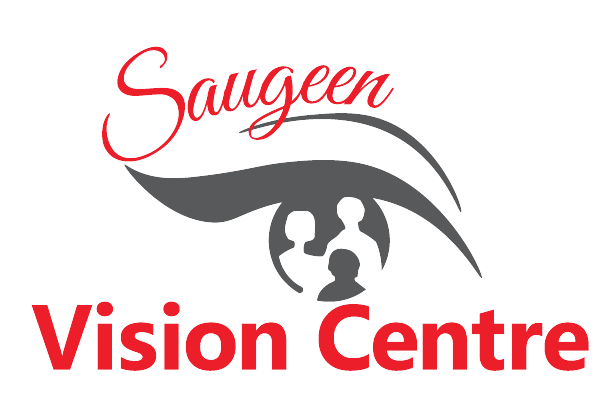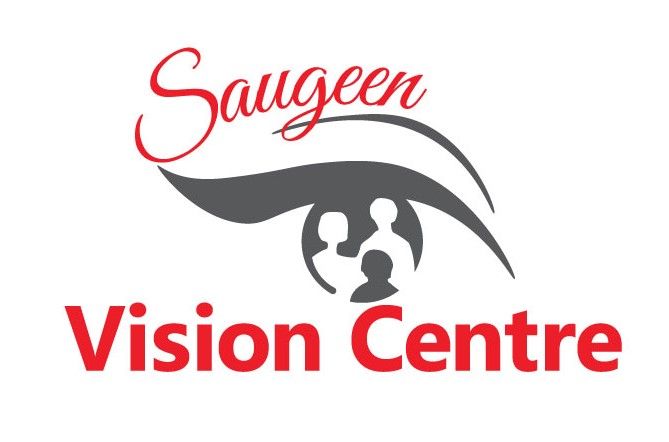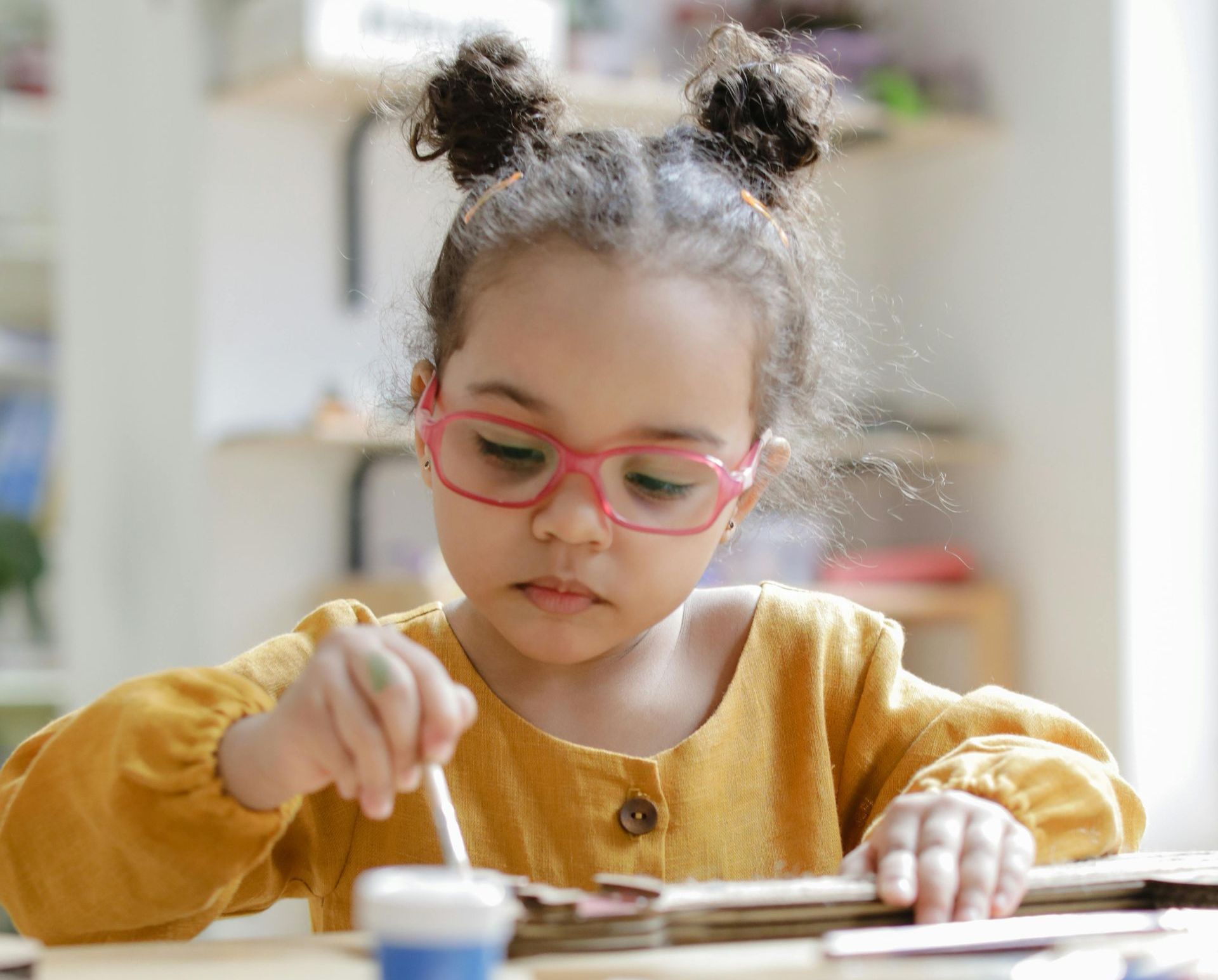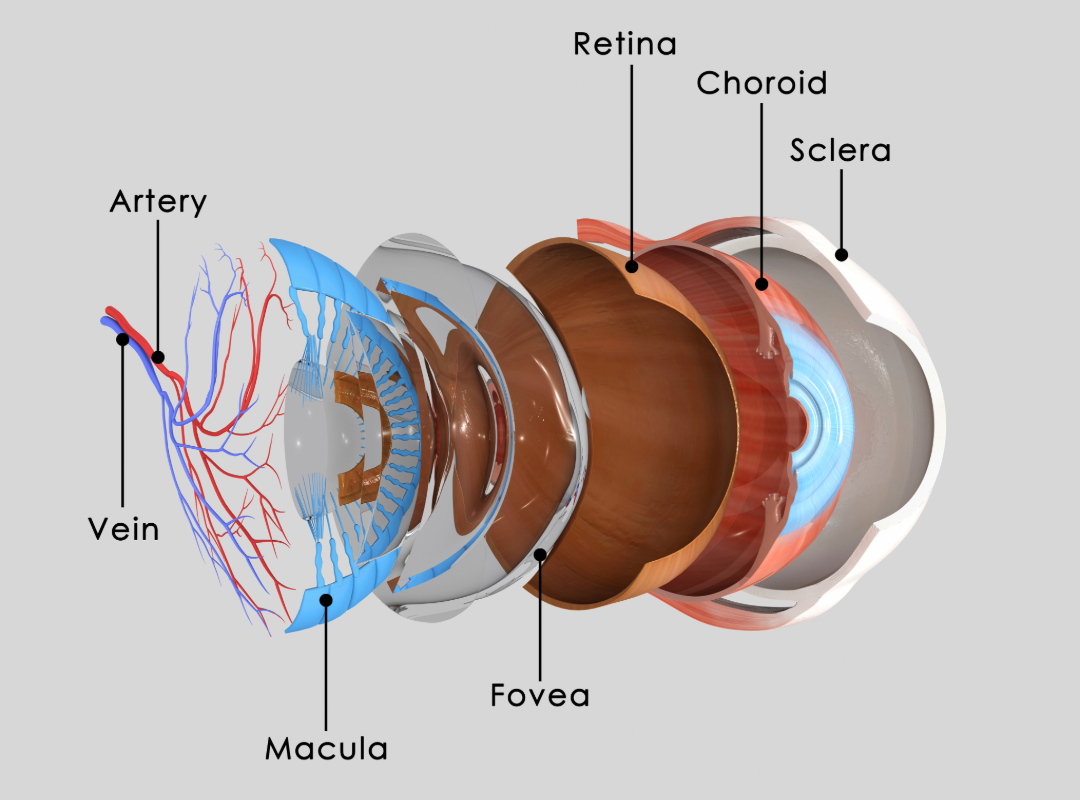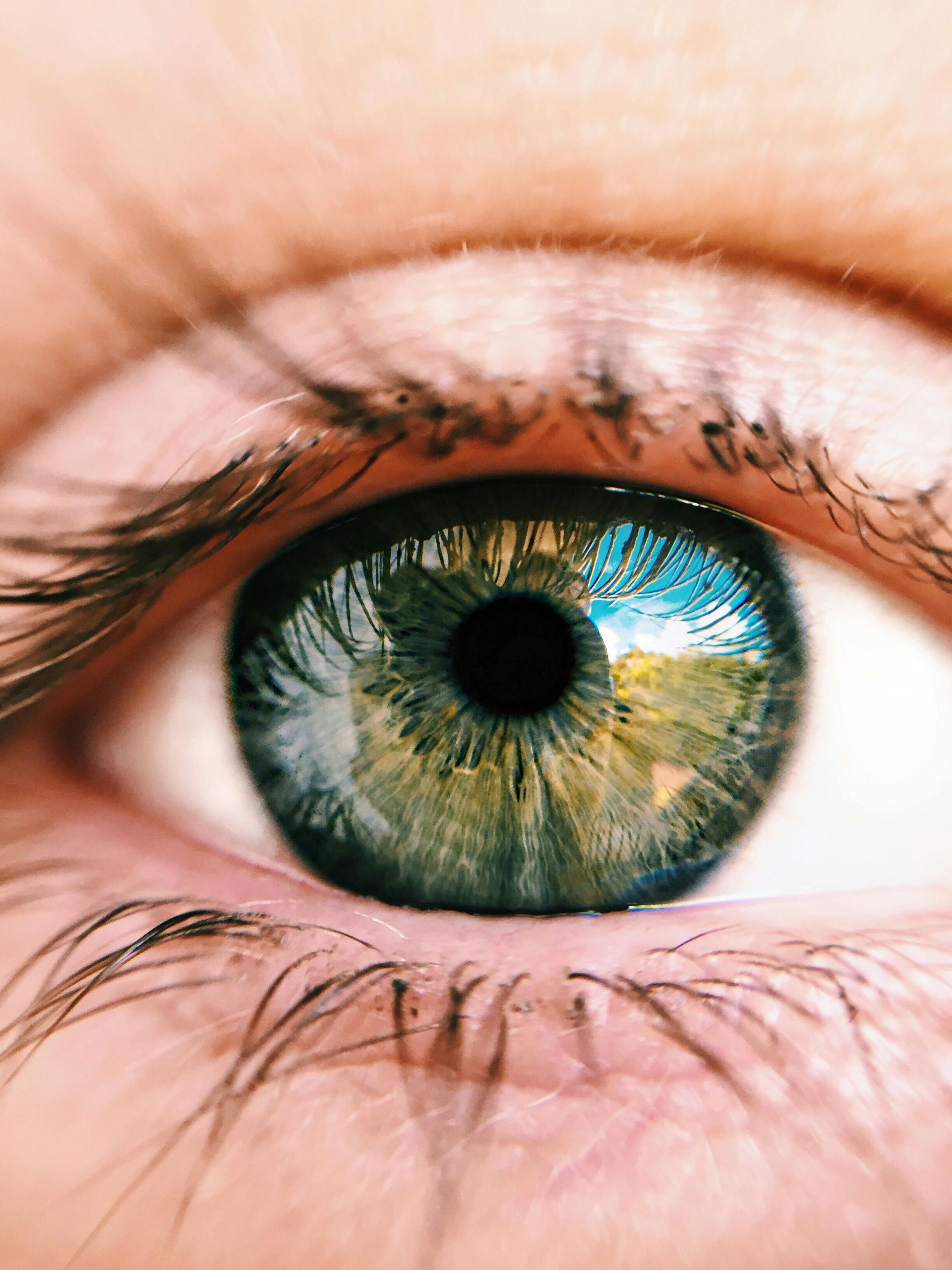Signs of Vision Problems in Children
Causes, Symptoms, Diagnosis, and Treatment
Does my child have a vision impairment?
The only reliable way to determine if your child has good eye health and vision is to schedule a comprehensive eye exam every year. While vision screenings or sight test programs offered in schools can be helpful, they cannot replace a thorough eye health examination. Vision screenings are limited in scope and do not evaluate the entire visual system, including the health of a child’s eyes, which means that many vision issues can go undetected. Research indicates that vision screening tests have significant error rates, with 43% of children who actually have an eye health problem passing these screenings.
In between eye exams, there are several signs and symptoms to watch for. If you observe any of these indicators, it's crucial to book an eye exam promptly to ensure your child's eye health and vision are properly addressed.
Have you heard about the Eye See...Eye Learn® Program?
If your child is entering junior or senior kindergarten and needs eyeglasses, they will be provided a pair at no charge! Schedule an eye exam for your child today!
Signs & Symptoms
Does your child have an unusual eye appearance?
- One eye that looks turned in or out
- Bumps, styes, redness, swelling or crusting of eyelids
- Drooping eyelid
- Haziness or whitish appearance inside the pupil
- Frequently watery eyes
Does your child have difficulties learning?
- Has poor posture when reading or writing
- Has poor handwriting for their age
- Moves their head, loses their place, or skips lines when reading
- Uses more effort than normal to complete school work
- Works hard but is not achieving the expected level at school
Does your child behave a certain way that makes you suspect a vision problem?
- Does not watch or follow an object
- Touches things to help recognize them
- Does not make eye contact
- Closes or covers one eye
- Squints or frowns when looking far or near
- Rubs or touches the eyes a lot
- Blinks more than usual
- Reacts strongly to light
- Turns or tilts head when viewing objects
- Holds objects very close to face
- Dislikes near tasks
- Loses interest quickly or becomes irritable with visual activities
- Has poor depth perception or trouble seeing 3D
- Trips, falls or bumps into things often
- Is uncoordinated for play activities and sports
Risks of Vision Problems
Several factors can contribute to the risk of developing a vision problem, including:
- Does a family member have a turned, lazy or blind eye?
- Does a family member have glasses with a high prescription?
- Has any family member had early childhood cataracts or glaucoma?
- Were there complications with the pregnancy or delivery?
- Was your child premature at birth?
- Does your child have a hearing impairment?
- Does your child have a health condition that can affect the eyes? These include:
- Juvenile arthritis
- Cerebral Palsy
- Type 1 Diabetes
- Down syndrome
- Autism
- Attention deficit disorder (ADHD)
- Developmental delay
Diagnosing Vision Impairments
Rest assured, our eye exams are entirely painless. If your child feels anxious, reassure them that every procedure we perform is safe and gentle. During the examination, we will conduct a series of diagnostic tests using specialized equipment. We evaluate common issues such as nearsightedness, farsightedness, astigmatism, amblyopia (lazy eye), and strabismus (crossed eyes), and more. These tests usually take about 15 to 20 minutes. Once we have completed the preliminary tests, you and your child will consult with one of our Optometrists. The Optometrist will review the findings from the assessments and carry out some additional evaluations. During this consultation, the Optometrist will also examine other health aspects that may influence eyesight and will provide guidance and next steps as necessary.
Treatment Options
When vision problems are identified, we offer a range of personalized treatment options and eyewear to help children see their best. Corrective glasses with lightweight, durable frames are a popular choice for improving clarity and focus. For older children, contact lenses may be an alternative, especially for active lifestyles. In cases of conditions like amblyopia, treatments may include patching or vision therapy to strengthen weaker eyes. Our team works closely with parents and children to find the most effective, comfortable solution to support clear vision and promote healthy eye development.
